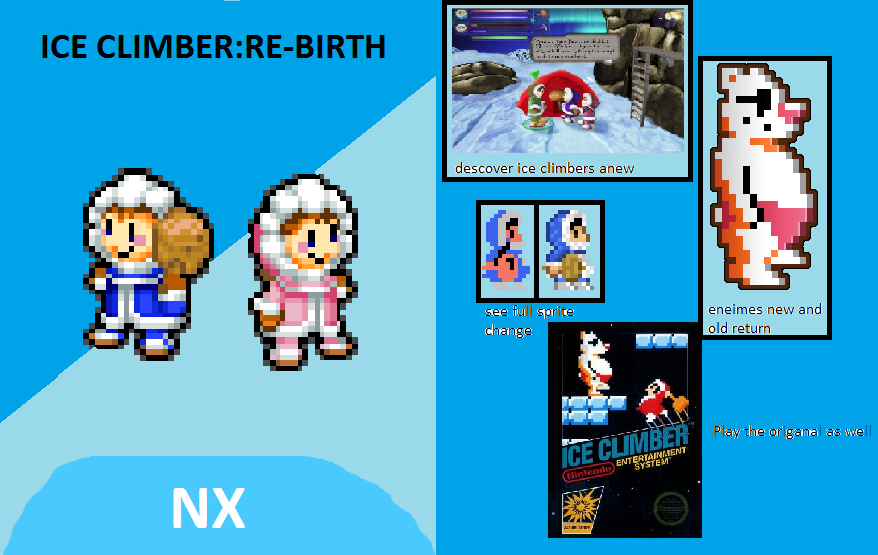
She said that, “We could not find a single person who had regretted the decision.” One of my fellow speakers, Rita Foley, co-author of Reboot Your Life, conducted interviews with hundreds of people who had taken a career break to travel. I told the audience about enlightened employers like Intel Corporation, where I worked for fourteen years, that provide full-time employees a paid two-month sabbatical every seven years. Others wanted to volunteer abroad or simply to learn about foreign cultures, then return to their professions rejuvenated. Some were dissatisfied with their jobs, felt that something was amiss, and wanted to take initiative to radically change their life direction. The event encouraged people to take a “career break” to travel the world “and have it be beneficial to your career.” The room was filled with hundreds of people interested in taking a sabbatical from work. I recently spoke at a well-attended event in New York City organized by a group called Meet Plan Go. Organizations are emerging that recognize this issue. Some are looking for opportunities to express parts of themselves that they do not utilize at work, or follow a direction that is more aligned with their true interests rather than, as one friend put it, “continue to unconsciously participate in the herd.” But many people remain stuck, often because they are intimidated by the consequences of taking action and the discomfort that comes with change. I have met people who would like to unshackle themselves from their desks, from unbalanced lives, or unhealthy work environments. I wanted them to internalize one of the most satisfying experiences in life: overcoming hardship through effort and focus.ĭiscomfort is not only physical, but may also come in the form of emotional resistance to making a needed change in our lives. While my instincts as a father – rightly so – are to protect my kids, I think that a parent shouldn’t make a child’s life too easy. The suffering made the pleasure, when I finally experienced it, so much better! And, to Whittaker’s point, handling the discomfort was really a lesson in perseverance for my children and me. It was precisely in those moments of discomfort during the ride that I most deeply appreciated the simple joys of life: a meal shared with people I love, soaking in hot water, snuggling up to read to my kids in bed. The value of discomfort comes from the context in which it is experienced. Sometimes an adventurer just suffers for a while.”

I told my son, “This ride was supposed to be hard. On the days when the temperature dropped into the 40’s F and rain soaked us through, my son and I shivered, despite layers of clothing, and pedaled harder to stay warm (my daughter was comfortable and dry in her trailer).

Sometimes the headwind was so strong that we struggled simply to maintain forward momentum. I took Whittaker’s message to heart this summer when I cycled for 46 days and 1,500 miles around Iceland connected to my ten-year old son on a trailer cycle and my four-year old daughter in a bike trailer. But ‘discomfort’ represents an altogether different experience, one that offers the promise of personal growth and character development.
#ICE CLIMBER REBOOT HOW TO#
Whittaker saw discomfort as a way to stretch “yourself beyond what you already know or know how to do.” We all experience pain when we twist an ankle or touch scalding water.

Everest, wrote, “I believe the key to a life well lived… is discomfort.” In his autobiography, Jim Whittaker, a renowned mountaineer and the first American to reach the summit of Mt.


 0 kommentar(er)
0 kommentar(er)
